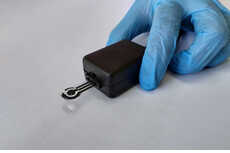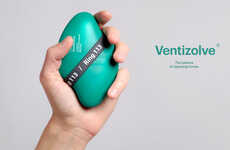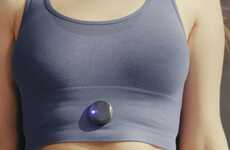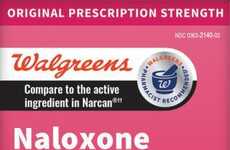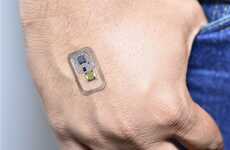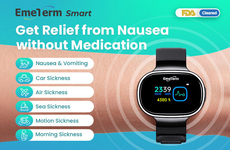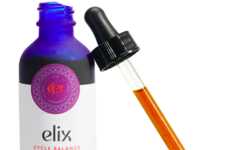
A New Prototype by University of Washington Prevents Opioid Overdose
Colin Smith — November 23, 2021 — Lifestyle
References: adai.washington.edu & newatlas
The University of Washington has developed an overdose-preventing wearable that recognizes when users are experiencing overdose symptoms. The device monitors the breathing rate and movement patterns of the wearer. Both of these metrics are useful for recognizing early symptoms of opioid overdose.
When the breathing rate and movement of the wearer point to a potential overdose, the device will automatically inject a small needle of Naloxone into the wearer. Naloxone is a lifesaving medication for those who suffer from opioid overdoses because it can restore breathing ability to the afflicted individual.
Currently, this device has no name and is in its testing stages. Researchers at the University of Washington have been training the device to detect opioid overdoses in controlled studies where patients mimic the symptoms of an overdose by holding their breath.
Image Credit: Chan et al., Scientific Reports
When the breathing rate and movement of the wearer point to a potential overdose, the device will automatically inject a small needle of Naloxone into the wearer. Naloxone is a lifesaving medication for those who suffer from opioid overdoses because it can restore breathing ability to the afflicted individual.
Currently, this device has no name and is in its testing stages. Researchers at the University of Washington have been training the device to detect opioid overdoses in controlled studies where patients mimic the symptoms of an overdose by holding their breath.
Image Credit: Chan et al., Scientific Reports
Trend Themes
1. Overdose-preventing Wearables - The wearable technology industry can invest in developing personalized detection and prevention systems, that can be worn discreetly and can detect symptoms early on in real-time.
2. Smart Health Monitoring Devices - The healthcare industry can leverage AI algorithms and wearables to monitor and predict the potential risk of opioid overdose and suggest preventive actions for the same.
3. Drug Safety and Monitoring - Pharmaceutical companies can integrate and automate drug safety systems with real-time patient monitoring systems to ensure timely and effective overdose prevention.
Industry Implications
1. Wearable Technology - The wearable technology industry can invest in developing personalized detection and prevention systems, that can be worn discreetly and can detect symptoms early on in real-time.
2. Healthcare - The healthcare industry can leverage AI algorithms and wearables to monitor and predict the potential risk of opioid overdose and suggest preventive actions for the same.
3. Pharmaceuticals - Pharmaceutical companies can integrate and automate drug safety systems with real-time patient monitoring systems to ensure timely and effective overdose prevention.
4.6
Score
Popularity
Activity
Freshness

